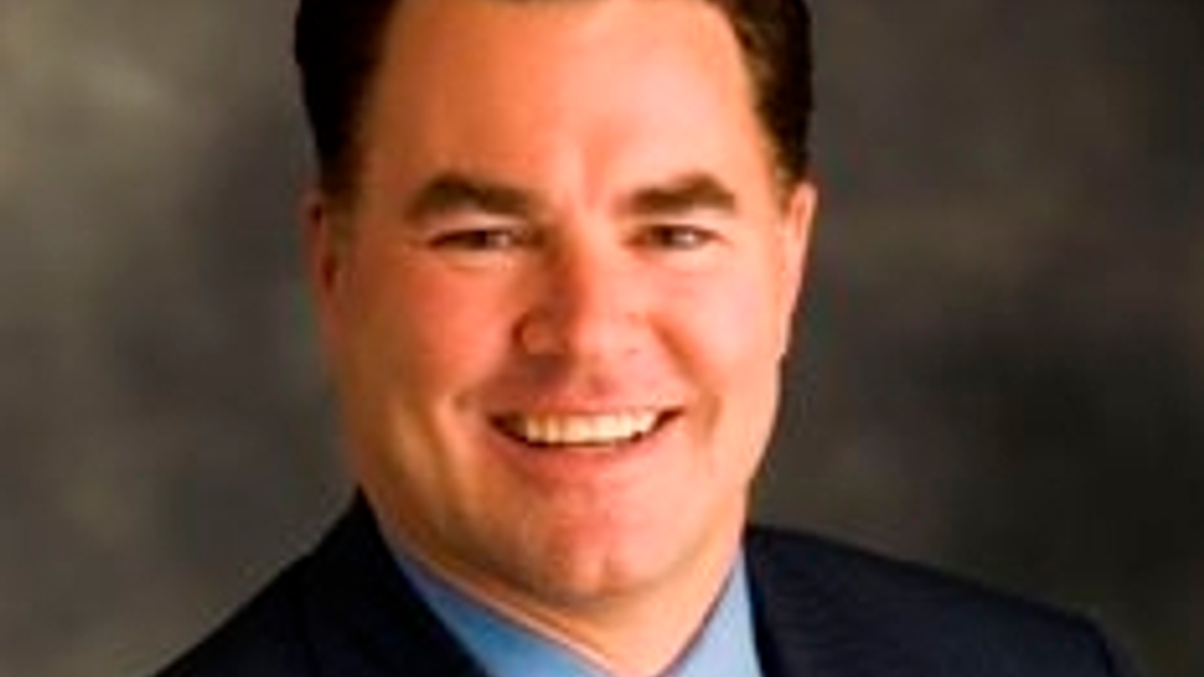AMG comes to Asia, eyes wholesale business in China
The US fund management holding company will open a Hong Kong office later this year with a plan to tap institutional and sub-advisory assets across the region.

Massachusetts-based Affiliated Managers Group (AMG) will join the parade of asset managers setting up in Asia when it opens its Hong Kong office in the coming months. And it sees China as the biggest opportunity, particularly from a wholesale perspective.
Sign in to read on!
Registered users get 2 free articles in 30 days.
Subscribers have full unlimited access to AsianInvestor
Not signed up? New users get 2 free articles per month, plus a 7-day unlimited free trial.
¬ Haymarket Media Limited. All rights reserved.


